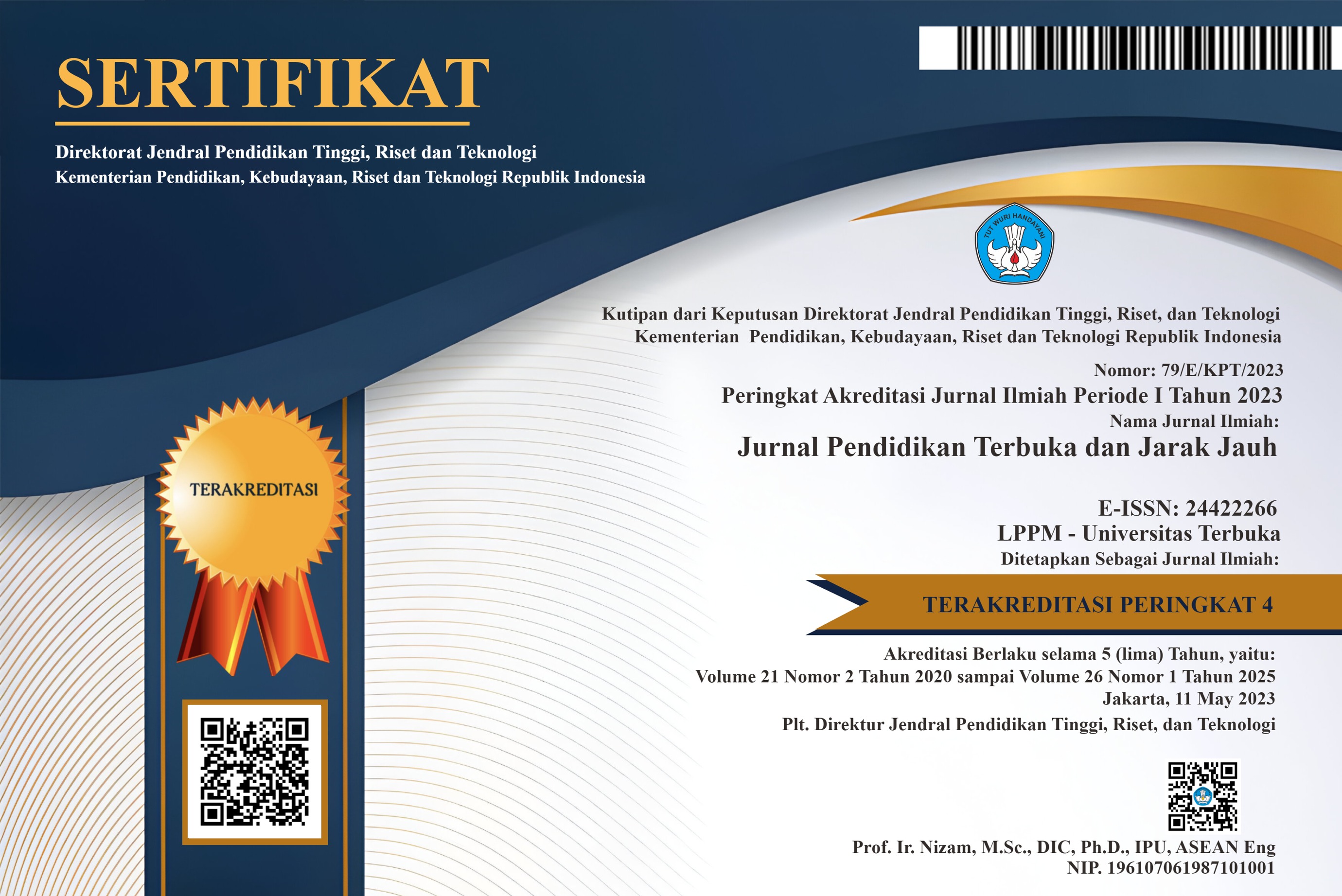IDENTIFICATION OF BASIC HEALTH INFORMATION AND KNOWLEDGE AT HIGH SCHOOLS IN SWAT RURAL AREAS (A WAY TOWARD VEBH MODEL IMPLEMENTATION)
DOI:
https://doi.org/10.33830/ptjj.v20i2.348.2019Keywords:
information communication technology, health information & knowledge, basic diseasesAbstract
Common diseases mostly occur due to lack of basic health information and knowledge to public at large. Therefore, basic health information and knowledge is very much important to reduce the outbreaks of different diseases especially in rural communities which is possible through proper education. Education is a natural and an inborn part of any community or society. High quality and healthy volunteers can be generated in a society by right education with full support of any kind of facility.The objective of this paper is to gather and identify information and knowledge about basic health from students and teachers. In this paper, first we study current basic health (information & knowledge) situation of teachers and students in high schools of District Swat (70% mountain rural areas and 30% urban areas), Khyber Pakhtunkhwa Pakistan. Secondly, find out the willingness of high school teachers and students for basic health information and knowledge using information communication technology (ICT) i.e. through a proposed “Virtual Education for Basic Health (VEBH)†model at high school level. For this purpose a pilot research survey was conducted in seven tehsils of district Swat which contained 119 high schools, including 77 male high schools and 42 female high schools.The respondents are willing to learn basic health information and knowledge through virtual and commented that it will be better for rural mountainous areas of Swat especially for female health. VEBH model will make the students aware about common diseases and ensure future healthy society.
References
Cholin, V. S. (2005). “Study of the application of information technology for effective access to
resources in Indian university librariesâ€, The International Information & Library
Review, 37(3), 189-197.
Cochran, W.G. (1977). Sampling techniques (3rd ed.). New York: John Willy & Sons.
Coulter, A., Parsons, S., Askham, J., & World Health Organization. (2008). Where are the patients in decision-making about their own care? (No. EUR/07/5065810). Copenhagen: WHO Regional Office for Europe.
Imai, Y., Hori, Y., Kamano, H., Mori, T., Miyazaki, E., & Takai, T. (2011, June). A Trial Design of e-Healthcare Management Scheme with IC-Based Student ID Card, Automatic Health Examination System and Campus Information Network. In International Conference on Digital Information and Communication Technology and Its Applications (pp. 728-740). Springer, Berlin, Heidelberg.
Khan, N., & Abbas, M. (2007). Availability and utilization of primary health care services in the rural areas of district Peshawar-A case study. Sarhad Journal of Agriculture (Pakistan).
Kickbusch, I., & Nutbeam, D. (1998). Health promotion glossary. Geneva: World Health Organization, 14.
Li, S. (2010, December). The Application of E-Learning to Mental Health Curriculum in the Middle School. In Genetic and Evolutionary Computing (ICGEC), 2010 Fourth International Conference on (pp. 550-553). IEEE.
Moodle. (2018, October 15). Web based Education. Retrievedfrom https://docs.moodle.org/32/en/ About_Moodle#Proven_and_trusted_worldwide.
Mondal, S., & Mukherjee, N. (2017, January). A framework for ICT-based primary healthcare delivery for children. In Communication Systems and Networks (COMSNETS), 2017 9th International Conference on (pp. 525-529). IEEE.
Pakistan Bureau of Statistics. (2018, September 21). Swat Population. Retrieved from http://pbs.gov.pk.
Phadke A. (2003). Right to Health Care: Towards an Agenda, Economic
and Political Weekly, 4308-4309.
Prasla, M., & Prasla, S. A. (2011). School health promotion–International perspectives and role of health care professionals. Journal of Ayub Medical College Abbottabad, 23(1), 150-153.
Racette, S. B., Cade, W. T., & Beckmann, L. R. (2010). School-based physical activity and fitness promotion. Physical therapy, 90(9), 1214-1218.
Sangi, N. A., & ur Rahman, H. (2017). Utilization of Electronic Learning System in Swat Rural Areas. Sukkur IBA Journal of Computing and Mathematical Sciences, 1(2), 109-115.
Sarkar, S. (2012). The role of information and communication technology (ICT) in higher education for the 21st century. Science, 1(1), 30-41.
Smith, B. J., Tang, K. C., & Nutbeam, D. (2006). WHO health promotion glossary: new terms. Health promotion international, 21(4), 340-345.
Soltani, M., & Aliyev, A. (2011, October). Virtual teaching at the education centers. In Application of Information and Communication Technologies (AICT), 2011 5th International Conference on (pp. 1-3). IEEE.
Swat Education Department. (2018, June 15). Male and female high schools. Retrieved from http://sed.edu.pk/education-literacy-department/.
Whitman, C. V., Aldinger, C., Levinger, B., Birdthistle, I., & Jones, J. (2000). EFA 2000 Assessment; Thematic Study on School Health and Nutrition. Report commissioned by the WHO.
Volman, M., & Van Eck, E. (2001). “Gender Equity and Information Technology in Education:
The Second Decadeâ€. Review of Educational Research, 71(4), 613–634.
World Health Organization. (1986). Ottawa Charter for Health Promotion. Ottawa: Canada.





